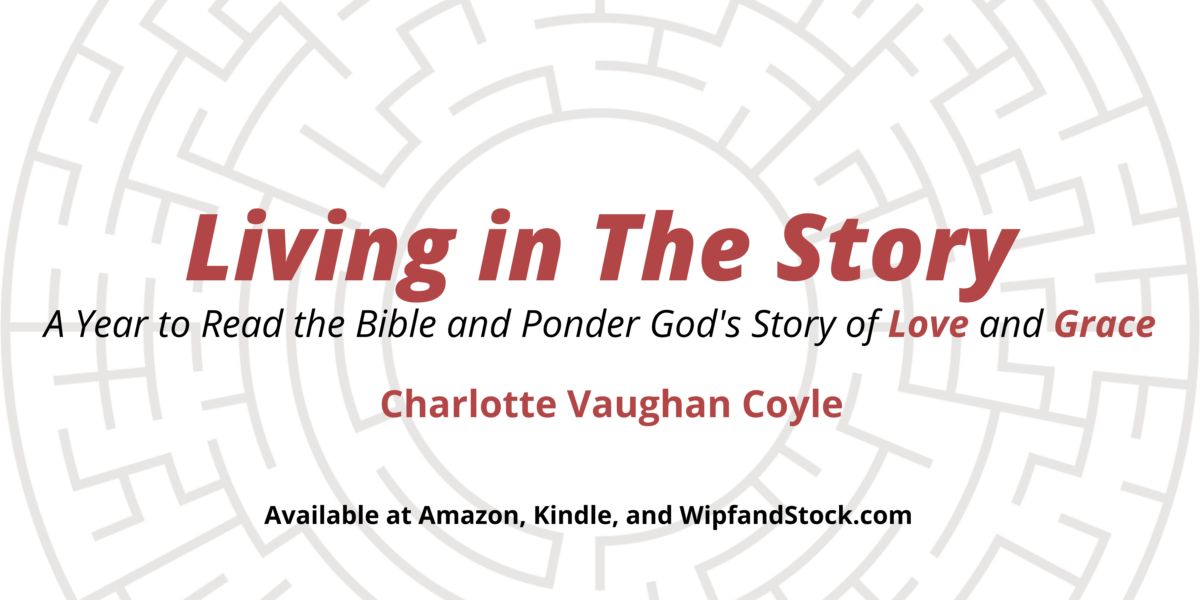When you read through Leviticus you surely will notice what an odd book it is.
- In Leviticus you will read detailed accounts of which animals are clean and can be eaten countered by which animals are unclean and should not even be touched.
- You’ll read specific instructions about which parts of the calf or goat are to be turned into smoke after they have been sacrificed and which parts are to be roasted and served to the priests and their families for dinner.
- You’ll read the descriptions of the High Priest’s ceremonial clothing; even his linen underwear!
- And you’ll read lots and lots about blood.
Why on earth does the church of the 21st century read this odd and ancient text? How on earth is this the “Word of the Lord” for us Moderns?
I imagine the New Testament church asked the same questions in their day. Certainly New Testament theologians grappled with the challenge to understand the connections between their ancient faith from Israel and their newfound faith, informed now and changed forever by the life, death and resurrection of Jesus Christ.
Their faith sought understanding. And that’s a good definition of theology: faith seeking understanding.
So now, here is our faith – still seeking to understand. Still asking: what does this mean? What does this mean for us?
The Leviticus rituals gave (and still give) witness to God’s atoning work on the behalf of God’s beloved people. The rituals tell a story of a people in process, a people whose faith was constantly seeking deeper understanding.
The practices and pronouncements of Leviticus sound strange to our ears, but for this ancient people, many of the images intended to picture (in some way or another) God’s presence and saving grace. Now – as Easter people – we can look at those images and see how they picture for us the presence and saving grace of Jesus the Christ.
The Hebrews theologian certainly did this.
When you read the letter to the Hebrews, you may notice how he taps into Greek philosophy and Platonic notions of substance and shadow, of type and prototype, of sketches and reality.
Everything on earth, this theologian would say, is a shadow of a reality in the heavens. Everything on earth is patterned according to something in the beyond.
And so the faith of this Christian community of the Hebrews (as it sought understanding) saw the Christ patterned everywhere they looked throughout their Hebrew Scriptures.
- Christ is the ram who is the perfect sacrifice offered on behalf of humanity.
- Christ is the ram who carries the sin of humanity far, far away into the wilderness.
- Christ is the high priest who presents the ram as sacrifice and enters the holy place to make atonement for the people.
Christ IS multivalent, polyphonic reality.
These faithful, bold Jewish Christians read and re-read their Scriptures. They interpreted and re-interpreted the ancient priestly system, sacrificial system and tabernacle system as signs that pointed beyond themselves; signs that bring to light God’s saving work that finally reached its climax in Jesus Christ.
Through faith, the Hebrews came to understand that God’s work of atonement had been perfectly completed and fulfilled in Jesus their Messiah.
Every autumn, our Jewish cousins experience Yom Kippur.
On this high, holy day, both the devout and the secular will gather and hearken back to this very portion of Leviticus; they will hear again the ancient summons to share in the Day of Atonement. Worshipers dressed in white will confess their sins and recommit themselves to good deeds and the repair the world. As their parents and grandparents and great-great-great grandparents did – they will hear the deep, piercing call of the shofar – the ram’s horn.
These modern worshipers will participate in the ancient ritual, but now without sacrifices, without priests, without a Temple.
And that’s all right. Because they understand (as I believe many of their Leviticus ancestors probably understood) that it is “impossible for the blood of bulls and goats to take away sins” (Hebrews 10:4). Rather it is (it always has been) God’s work of saving grace.
These worshipers understand that it is not some magic incantation at the Ark of the Covenant Mercy Seat that makes a difference. Rather it is (it always has been) mercy firmly seated in God’s Own Being that has the power to change a human life.
I think all true worshipers have always understood it is not external rites and rituals that effect reconciliation. Rather it is what God is doing: renewing, recreating, transforming the human heart, mind and conscience.
This has always been the grace of God’s covenant with God’s people.
And this continues to be the grace of the renewed covenant made new in the gospel of Jesus Christ.
So may our own Christian faith continue to seek understanding – a deep existential understanding and knowing of God’s remarkable love, acceptance and welcome.
And so because of this experience of unimaginable grace, may our faith continue to move us to offer similar love, acceptance and welcome to everyone we encounter.
Living in The Story readings for Week 14



